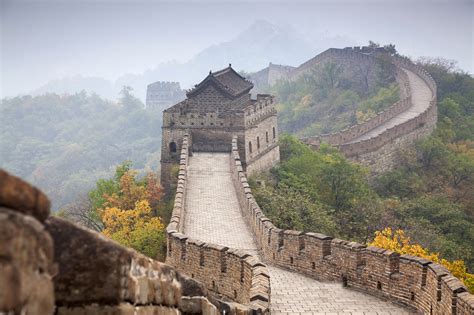Did industrial revolution increase poverty

The industrial revolution has become a successful battle cry for detractors of capitalism. The specter of working class poverty and misery during the industrial revolution has been and still remains an important justification for government intervention into social and economic affairs. See more As noted above, the pessimistic case is widely accepted by both the general public and academia. However, it is fair to say that the majority of modern economic historians who study the industrial revolution believe … See more Considering the preponderance of evidence indicating substantial improvement in real wages, it is clear that the arguments of early pessimists, such as Engels, have become untenable. Clearly, the material standard … See more Another popular argument of the pessimists is that the real wage increases were merely “bribes” to workers forced to endure polluted and unsanitary urban conditions. According to this line of reasoning, the gain … See more It has been long held by many pessimists that the wage increases of the industrial revolution were eroded away by extremely high unemployment and underemployment rates caused by the introduction of labor-saving technology. … See more WebApr 5, 2024 · Industrial Revolution: The Industrial Revolution was a period of major industrialization that took place during the late 1700s and early 1800s. The Industrial …
Did industrial revolution increase poverty
Did you know?
WebThe statistics that reflect the effects of industrialization are staggering. In 1700, before the widespread use of fossil fuels, the world had a population of 670 million people. By 2011 … WebThe Industrial Revolution in the United States was an epoch in the United States during the late 18th and 19th centuries when the economy of the U.S. progressed from manual …
WebThe Industrial Revolution also changed the countryside. Machinery, such as threshing machines, was putting men out of work. Rural poverty was high. Farm labourers had low … WebThe Industrial Revolution made distinctive positions of the upper and lower class. Factory workers did not earn enough money to increase their social standing in society. On the other hand, factory owners became wealthy and rose to the top of the social class. Even though the upper and lower class were effected, the middle class experienced the ...
WebWhy did the industrial revolution take place in eighteenth-century Britain and ... the organization of labour, the health of the nation, rural and industrial societies, and poverty. The first section (The Expanding Economy) outlines the ... increase, they also show that fatherlessness and large sibsets, common in these WebPoverty and poor living conditions led to many people resorting to crime to improve their lives. Many people were dissatisfied with their lives and wanted more money. ... The Industrial Revolution ...
WebThe Industrial Revolution also accelerated the growth of the urban population. One of the more important consequences of urbanization was a rapid increase in crime. This was the result of three factors that dominated the urban landscape. The …
WebApr 26, 2024 · While it was a period of unprecedented progress and innovation that propelled some people into vast wealth, it also condemned many to poverty, creating a deep social chasm between the industrial … simony anthony silvaWebOverview. During the Gilded Age, male and female office workers expanded the ranks of the middle class. Larger incomes and increased leisure time among middle- class workers fostered a culture of consumption and popular amusements in American cities. The … ravens score from last nightWebOct 29, 2009 · The Industrial Revolution was a period of scientific and technological development in the 18th century that transformed largely rural, agrarian societies—especially in Europe and North... simonyale.club/shop/WebThe Second Industrial Revolution fueled the Gilded Age, a period of great extremes: great wealth and widespread poverty, great expansion and deep depression, new opportunities, and greater standardization. Economic insecurity became a basic way of life as the depressions of the 1870s and 1890s put millions out of work or reduced pay. simon yachts incWebMar 3, 2015 · The Industrial Revolution brought squalor and impoverished the poor — Adam Smith Institute. Life for poor people, which meant most people, was pretty … simon xt key fob remoteWebThe Industrial Revolution increased the overall amount of wealth and distributed it more widely than had been the case in earlier centuries, helping to enlarge the middle class. ravens score today footballWebApr 12, 2024 · “@frogyreal It did. What you are showing is what has existed for thousands of years; poverty, child labor, slavery, and abuse. You cannot deny that the industrial revolution lead to ENORMOUS quality of life improvements. Imagine your life without a car, Amazon, a phone, etc.” simonyan twitter